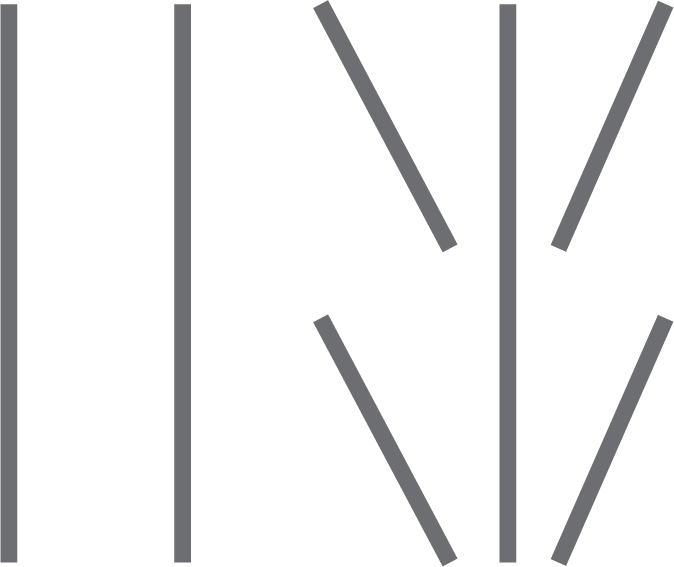Can design respond to our ever-changing modern society and come up with specific ideas to current issues of cities? How can design enhance the visibility of cities? How can the local governments improve their problems through design?
I was one of the coordinators of this workshop upon the invitation of TAK Kartal. TAK Kartal is a creative hub that welcomes citizens, designers, volunteers, students and supporters establishing national and international collaborations to create ideas and products for the public good. It aims to explore the problems of Kartal (a district of Istanbul, Turkey) with citizens and to find solutions to them with the power of design. It tries to establish the programs and projects under three principal themes design, research, and participation.
‘Designers in Cappadocia’, the second event of 'exploring' cities and 'making them visible' organized by TAK Kartal. Among the 1,200 students who applied to the ‘Designers in Cappadocia’; 420 students from 40 cities and 79 universities met in Cappadocia between October 6-9, 2017 and developed ideas for Hacıbektaş and Gülşehir (towns and districts of Nevşehir Province in the Central Anatolia region of Turkey). Within the scope of the event, it was aimed for the designers to explore these towns through 10 determined themes, to understand the problems and to reveal different perspectives for solutions.
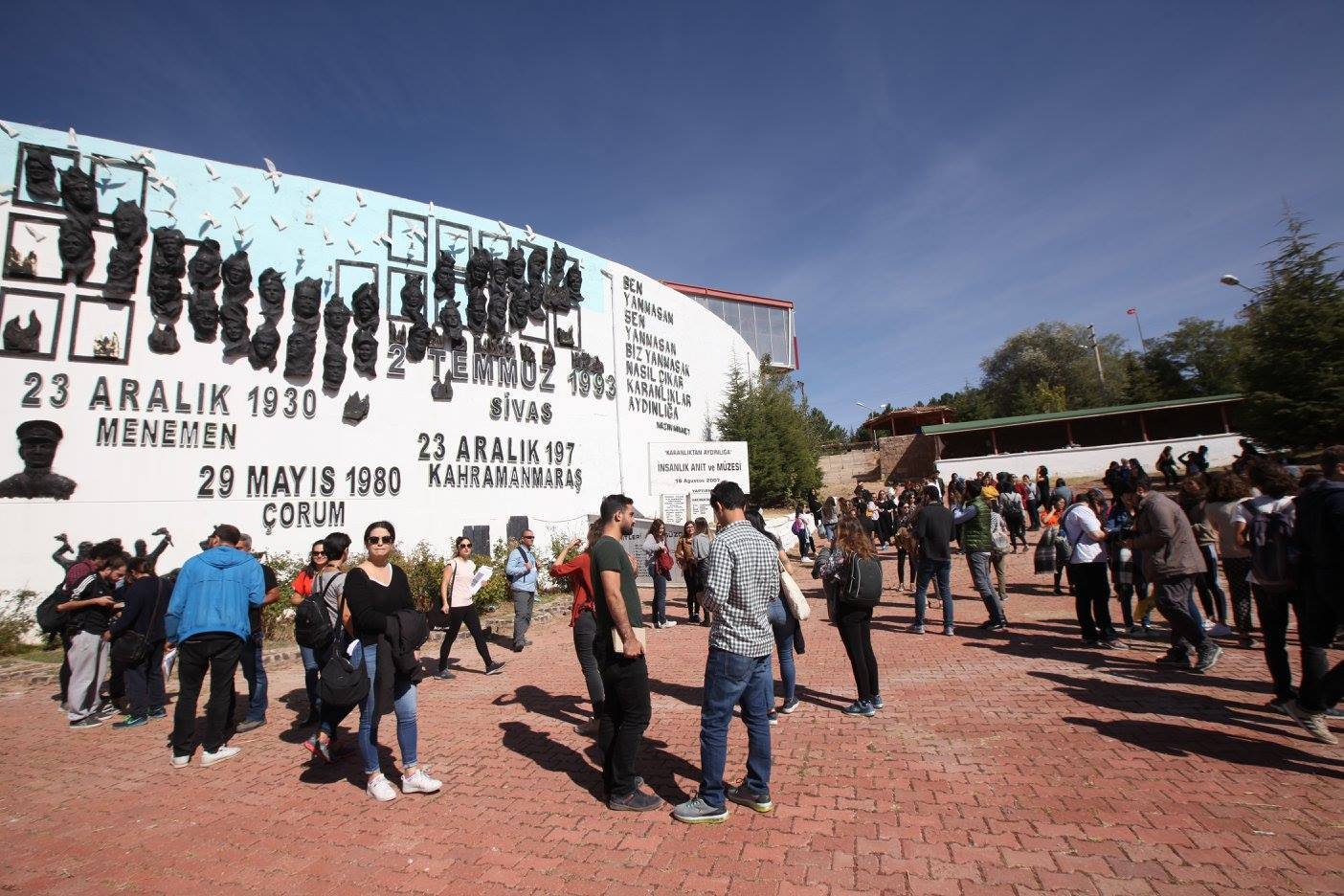
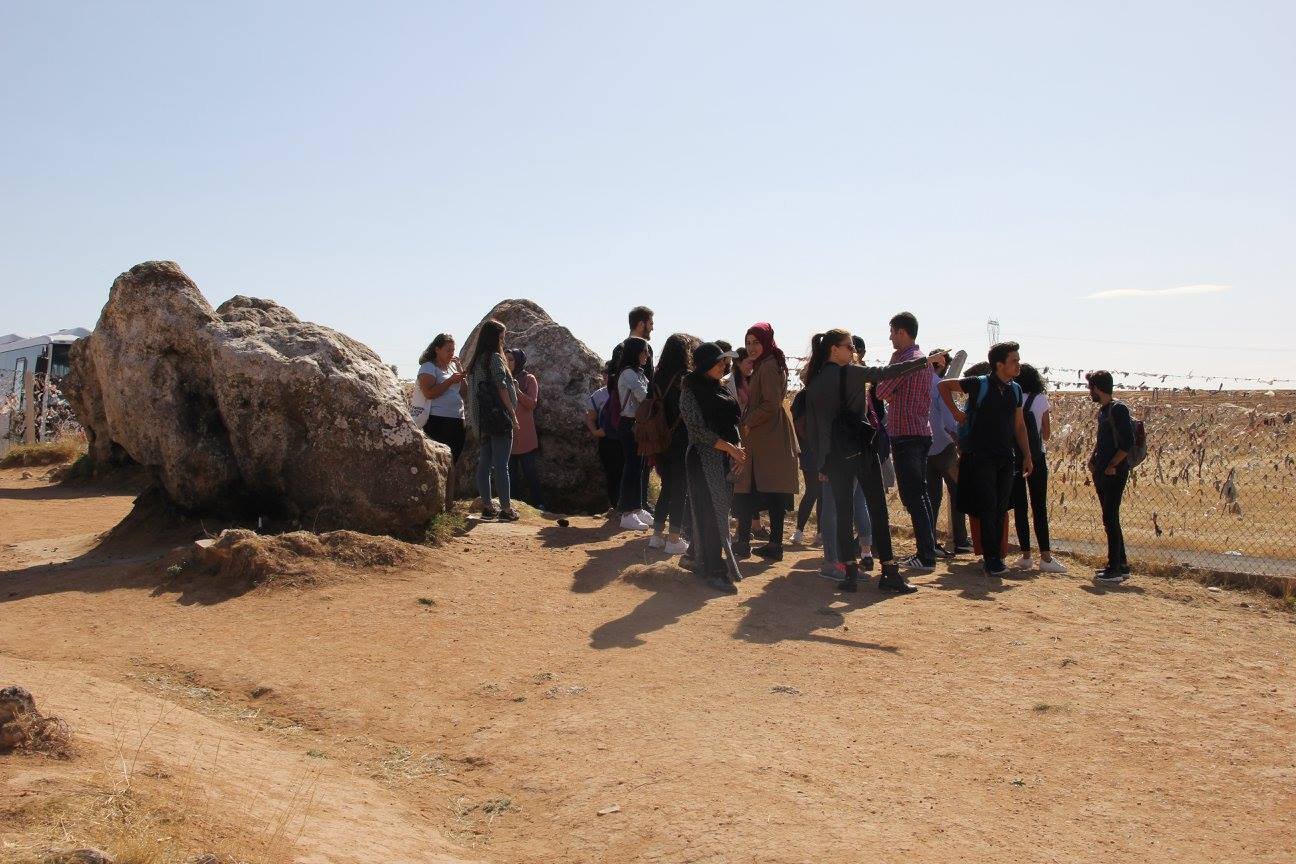


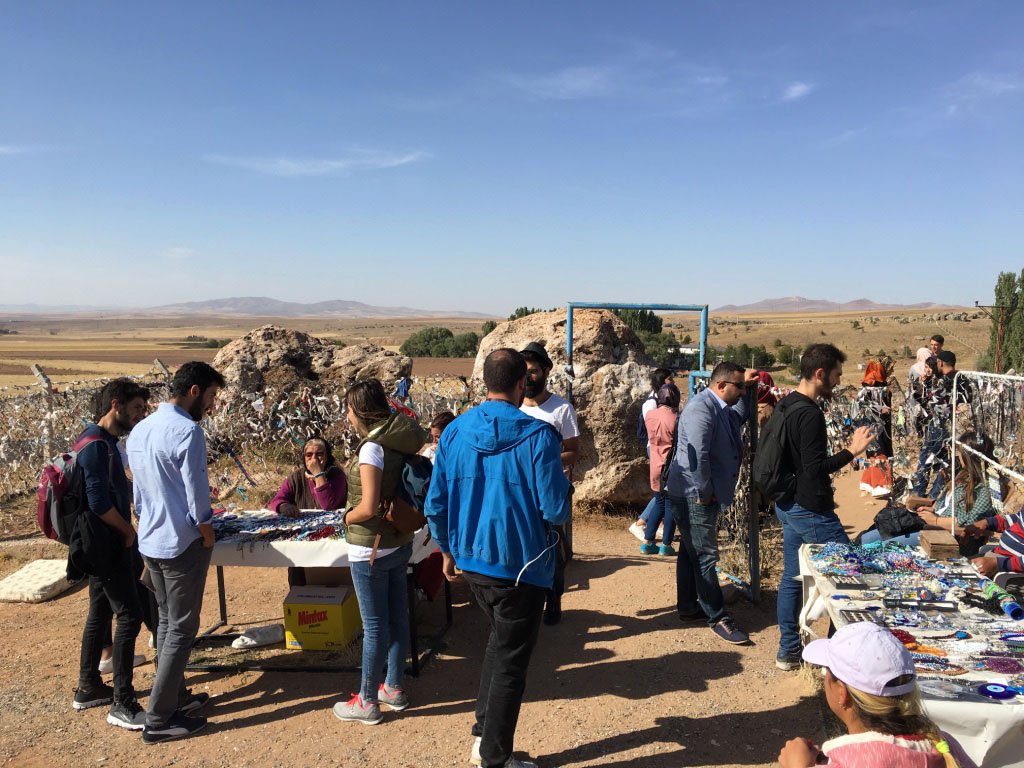



Students were divided into 10 groups within the determined themes. The group that I and Özlem Kevseroğlu led the workshop consisted of 25 people. During the workshop, the participants examined the Beştaş region, which is a part of the Alevism culture. It is believed that the five-rock fragments, which were formed by a natural formation, have an otherworldly power in the region. Over time, this region has become a place where sacrifices are made. Due to the coexistence of the stones, the name of the region began to be known as Beştaş (meaning literally “five rocks” in Turkish).
In this context, together with the students, we wanted to show the cultural heritage of this region, which is far from the center, and also wanted to share its importance in Alevism culture, and to emphasize the relationship between Beştaş and the cemevi (meaning literally "a house of gathering" in Turkish and a place of fundamental importance for Turkey's Alevi populations).
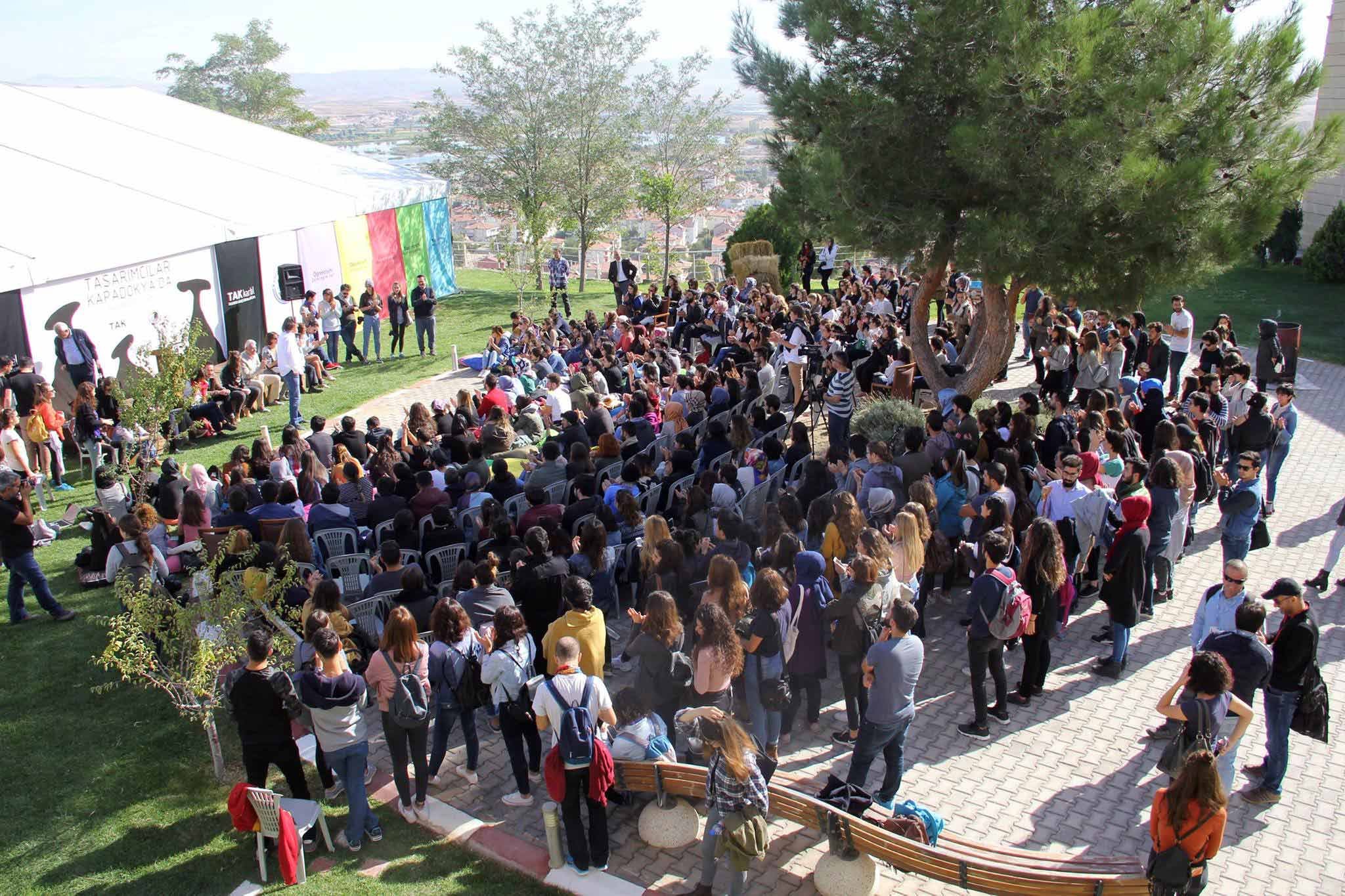
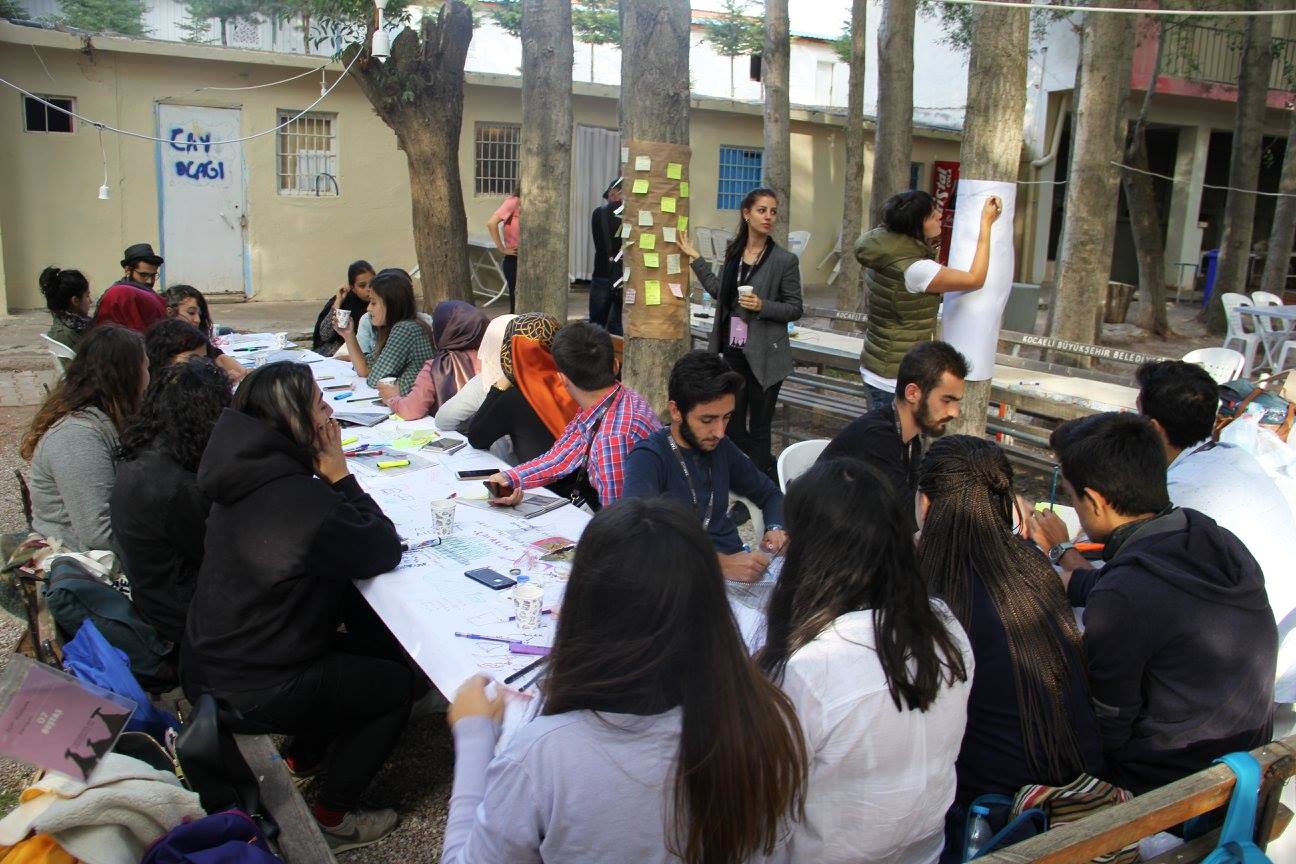
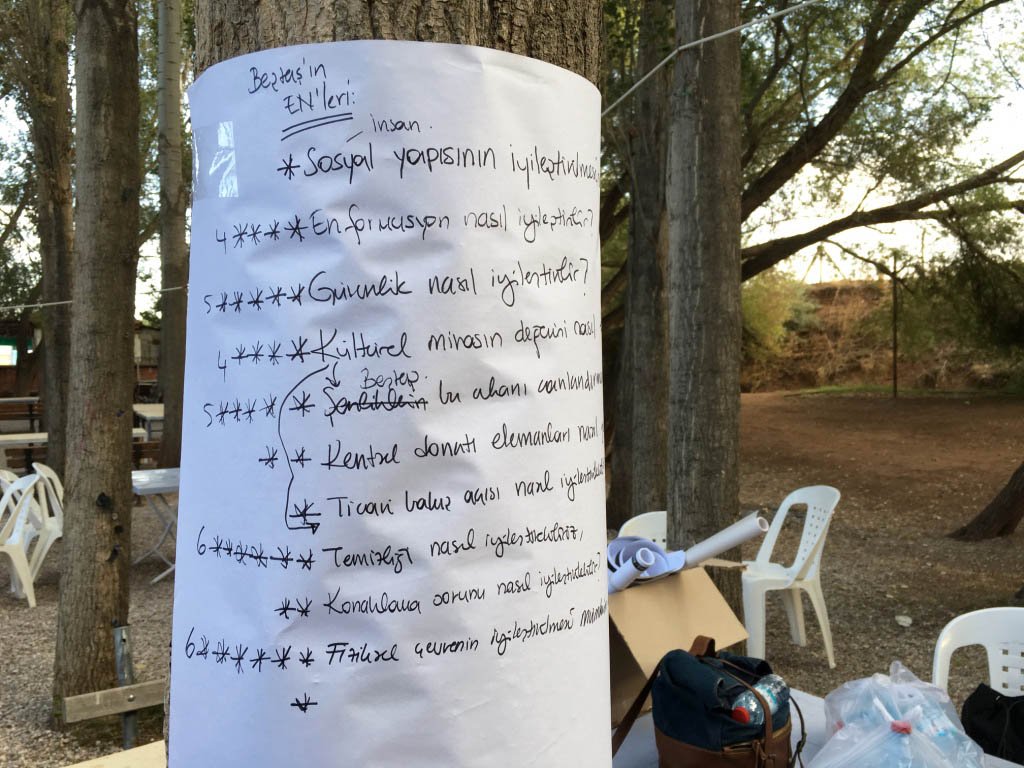

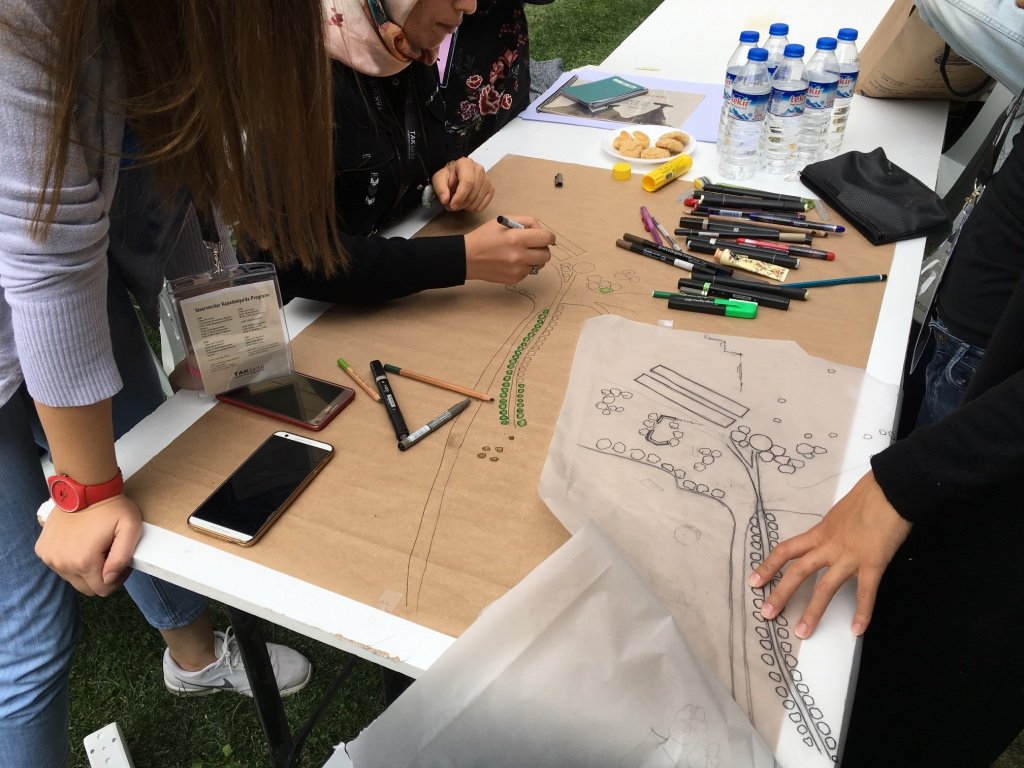
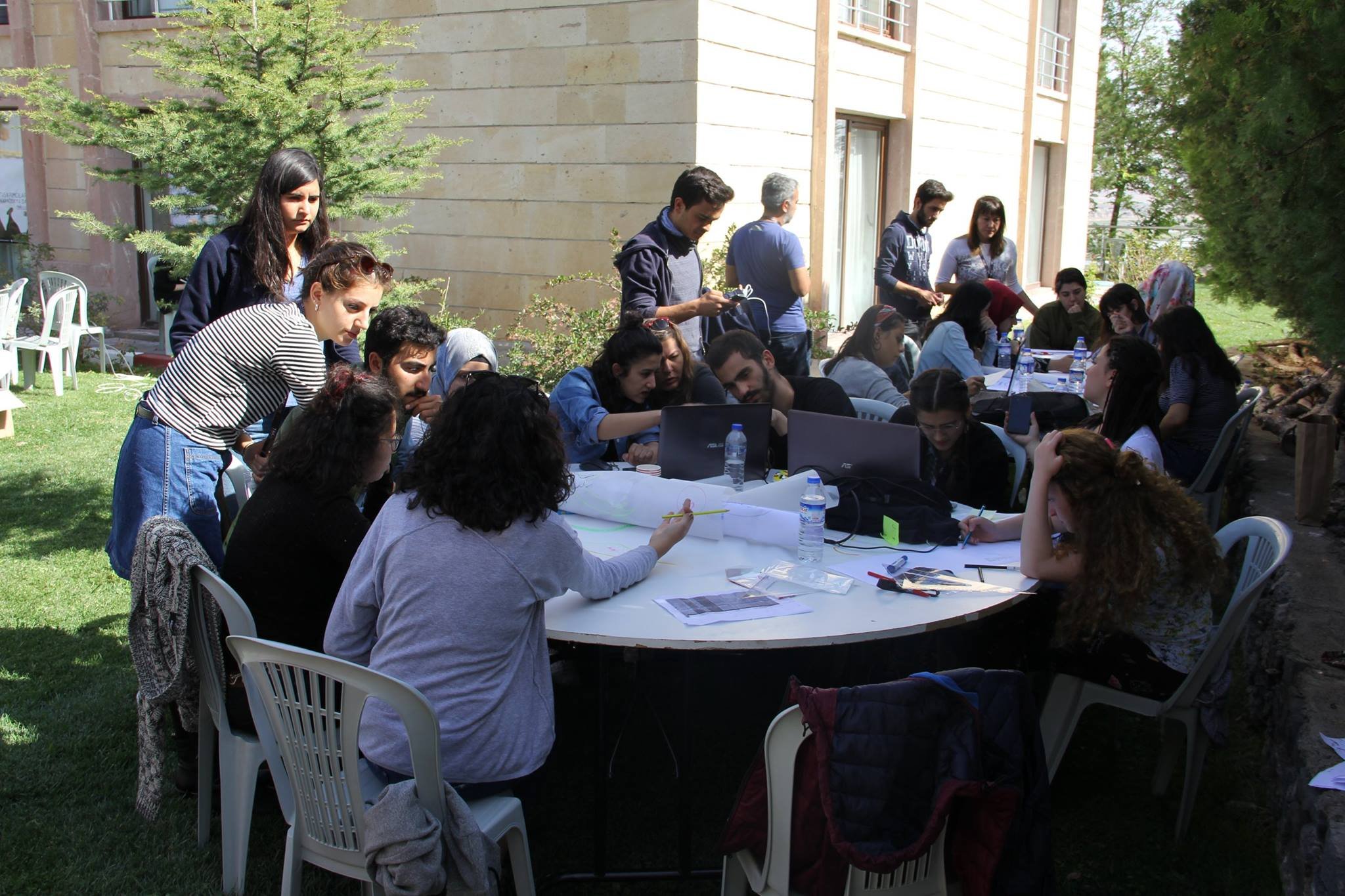

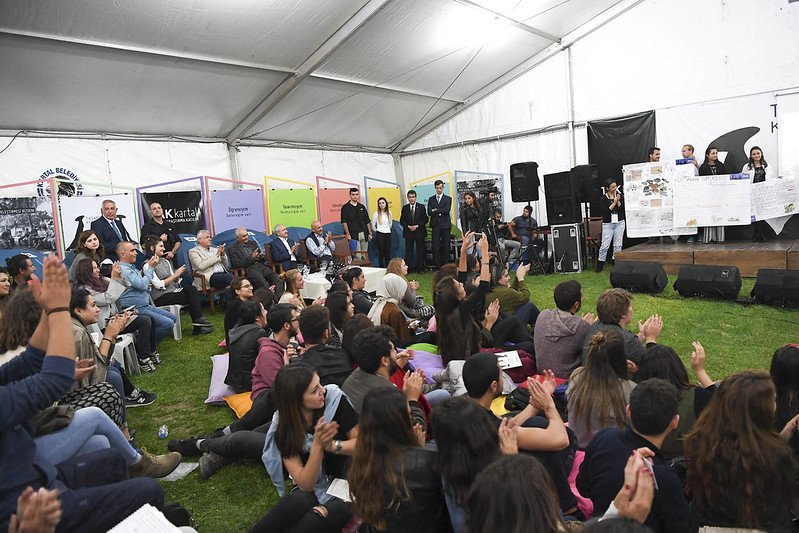
The workshop aimed to enable the participants to discover the story of Beştaş and make their discoveries visible through different design methods. The students made a trip to Cappadocia and found out the historical and philosophical background and values of both districts on the first day of the workshop. The second day continued with the exploration of the project areas.
The spatial and vital values of Beştaş and the cemevi were discovered. In the project area, the participants talked to local people and took photographs of the area. In this process, they observed that although the distance between Beştaş and the cemevi was very short (about 1 km), there was a disconnection between them and there were no information signs in that area. After the tour, the participants started to work in the cemevi and evaluated what was discovered. After the evaluation of the area, they conveyed their experiences, thoughts and observations using both verbal and visual communication tools.
Then, we asked each participant to create a question about the most important problem they observed, after grouping the questions that emerged, the two most repeated main problem titles were determined, and the students were divided into two groups in line with these problems. Each group was asked to analyze these concepts and develop ideas in line with the determined concepts. First of all, both groups brainstormed within the framework of the defined topics and then developed alternative design solutions to their problems.
On the morning of the third day, the students were asked to detail the design solutions. A process combining conceptual discussion and spatial design solutions was carried out. Participants from different cities in Turkey came up with creative suggestions and worked to make their designs visible.
All participants, with their research and suggestions, emphasised that design is not just a product, but how important it is to write stories and produce discourses and concepts in the creation process of their designs.
All the projects were compiled in the Designers Cappadocia booklet. This group’s projects can be found on pages between 238 - 263 (only in Turkish) from here.
